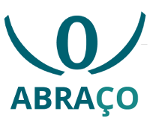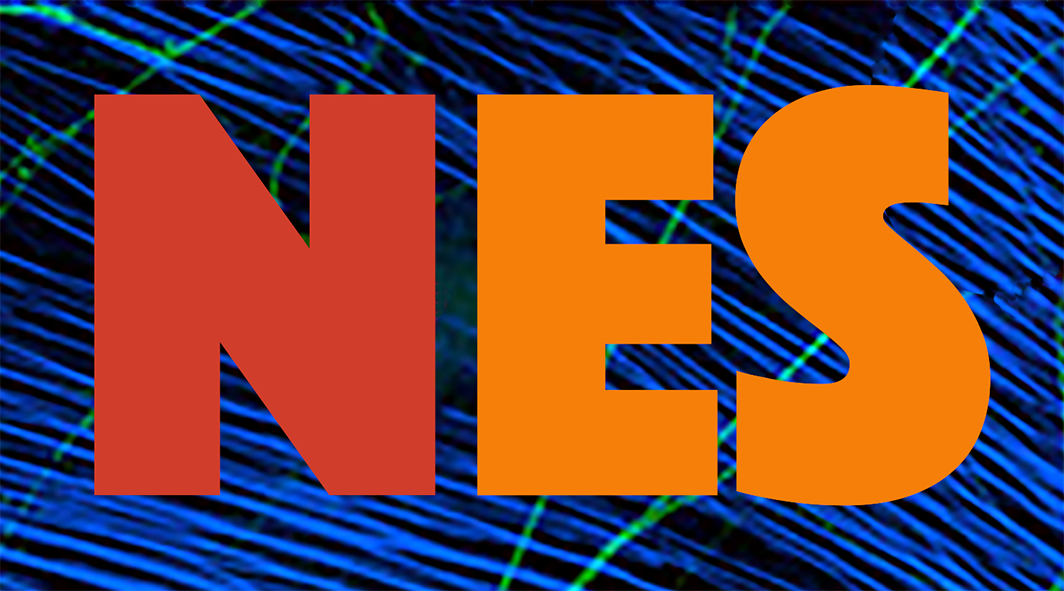
A Negative Slope Conductance of the Persistent Sodium Current Prolongs Subthreshold Depolarizations
Publications | Jul 29, 2019
Ceballos C. C., Roque A. C. and Leão R. M.
Neuronal subthreshold voltage-dependent currents determine membrane properties such as the input resistance (Rin) and the membrane time constant (τm) in the subthreshold range. In contrast with classical cable theory predictions, the persistent sodium current (INaP), a non-inactivating mode of the voltage-dependent sodium current, paradoxically increases Rin and τm when activated. Furthermore, this current amplifies and prolongs synaptic currents in the subthreshold range. Here, using a computational neuronal model, we showed that the creation of a region of negative slope conductance by INaP activation is responsible for these effects and the ability of the negative slope conductance to amplify and prolong Rin and τm relies on the fast activation of INaP. Using dynamic clamp in hippocampal CA1 pyramidal neurons in brain slices, we showed that the effects of INaP on Rin and τm can be recovered by applying an artificial INaP after blocking endogenous INaP with tetrodotoxin. Furthermore, we showed that injection of a pure negative conductance is enough to reproduce the effects of INaP on Rin and τm and is also able to prolong artificial excitatory post synaptic currents. Since both the negative slope conductance and the almost instantaneous activation are critical for producing these effects, the INaP is an ideal current for boosting the amplitude and duration of excitatory post synaptic currents near the action potential threshold.
The whole paper is available here.
Verbal Short‐Term Memory Underlies Typical Development of “Thought Organization” Measured as Speech Connectedness
Publications | Jul 29, 2019
Natália B. Mota, Renata Callipo, Lígia Leite, Ana R. Torres, Janaína Weissheimer, Silvia A. Bunge, Mauro Copelli and Sidarta Ribeiro
Formal thought organization obtained from free speech, a key feature for psychiatric evaluations, has been poorly investigated during typical development. Computational tools such as speech graph connectedness (LSC) currently allow for an accurate quantification in naturalistic settings. LSC's typical development is better predicted by years of education than by age. Among beginning readers, the LSC of stories composed of short‐term memory predicted reading independently from IQ. Here we set out to test a longitudinal sample (6–8 years old, n = 45, followed for 2 years) to verify whether the LSC is predictive of various memory measures, and whether such relations can explain the correlation with reading. The LSC was specifically correlated with verbal short‐term memory performance. The results support the notion that the short‐term storage of verbal information is necessary to plan a story. Given the limited sample size, the relationship of this interaction with reading remains inconclusive.
The whole paper is available here.
Positions for Postdoctoral Researchers
Opportunities | Jul 11, 2019
The Research, Innovation and Dissemination Center for Neuromathematics (NeuroMat), hosted by the University of São Paulo, Brazil, and funded by the São Paulo Research Foundation (FAPESP), is offering two post-doctoral fellowships for recent PhDs with outstanding research potential. The research will involve collaborations with experimental and theoretical groups and laboratories associated to NeuroMat.
Tool Fund Grantee - NES
News | Jul 10, 2019
The Fellows Programme is part of the Frictionless Data for Reproducible Research project at Open Knowledge Foundation, a global, non-profit network that promotes and shares information at no charge, including both content and data. This project, funded by the Sloan Foundation, applies to work in Frictionless Data to data-driven research disciplines, in order to facilitate data workflows in research contexts. During the first half of 2019, Neuroscience Experiments System (NES) was selected to be a funded project of Frictionless Data. As you may know, NES is an open-source tool being developed that aims to assist neuroscience research laboratories in routine procedures for data collection. NES was developed to store a large amount of data in a structured way, allowing researchers to seek and share data and metadata of neuroscience experiments. To the best of our knowledge, there are no open-source software tools which provide a way to record data and metadata involved in all steps of an electrophysiological experiment and also register experimental data and its fundamental provenance information. With the anonymization of sensitive information, the data collected using NES can be publicly available through the NeuroMat Open Database, which allows any researcher to reproduce the experiment or simply use the data in a different study.
NeuroMat to launch a science podcast
Newsletter | Jun 28, 2019

The Research, Innovation and Dissemination Center for Neuromathematics (RIDC NeuroMat) will launch in August the podcast "A Matemática do Cérebro" --in Portuguese, Mathematics of the Brain. This resource will be available on the most important podcast technologies and also hosted on its own website. The production of the podcast is led by NeuroMat director Antonio Galves and the newest member of the RIDC, Eduardo Vicente, from the University of São Paulo School of Communications and Arts.
| NeuroCineMat |
|---|
|
Featuring this week: |
| Newsletter |
|---|
|
Stay informed on our latest news! |
| Follow Us on Facebook |
|---|




